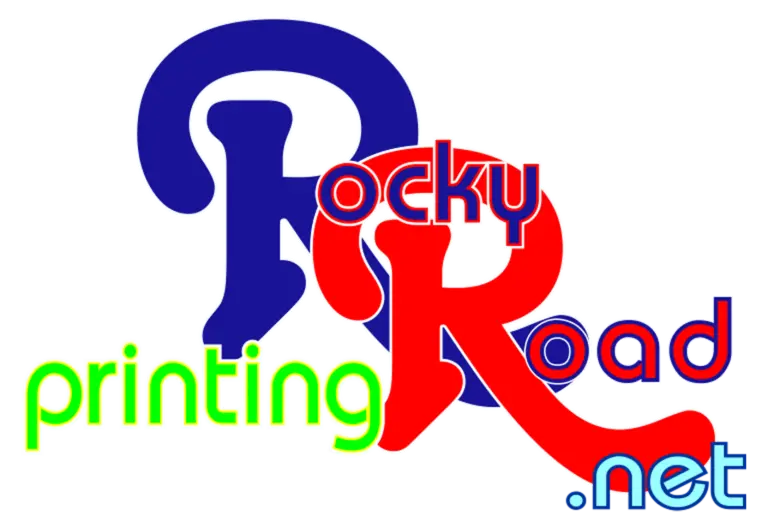Introduction: In the ever-evolving world of fashion, expressing one’s individuality and creativity has become increasingly important. Custom t-shirt printing has emerged as a popular avenue for personal expression, and one of the most innovative methods available is direct-to-garment (DTG) printing. In this blog, we will delve into the fascinating world of DTG printing and explore how this method revolutionizes the process of creating unique and vibrant custom t-shirt designs.
- Understanding Direct-to-Garment Printing: Direct-to-garment printing, also known as DTG printing, is a technique that allows intricate designs and vibrant colors to be printed directly onto a garment using specialized inkjet printers. Unlike traditional printing methods, which involve heat transfers or screen printing, DTG printing eliminates the need for additional steps or materials. By directly applying ink onto the fabric, DTG offers a high level of detail and color accuracy, resulting in stunning custom t-shirts.
- The Advantages of DTG Printing: a. Unlimited Design Possibilities: DTG printing enables the reproduction of complex designs, intricate patterns, and even photographs with incredible detail. This method allows for full-color printing, gradients, and shading, offering endless creative possibilities.
b. Soft and Breathable Prints: Unlike some traditional printing methods, DTG printing creates prints that are soft to the touch, allowing for comfortable and breathable custom t-shirts. The ink bonds with the fabric fibers, resulting in a print that does not crack or peel, even after multiple washes.
c. Quick Turnaround Time: DTG printing offers a relatively quick turnaround time, making it an excellent choice for on-demand printing and small batch production. This allows businesses and individuals to bring their custom t-shirt designs to life efficiently.
d. Environmentally Friendly: DTG printing is considered to be more environmentally friendly compared to other printing methods. It requires fewer chemicals and produces less waste since there is no need for additional screens, stencils, or transfers.
- Design Tips for DTG Printing: a. Image Resolution and Color Mode: For optimal results, ensure that your design files have a high resolution (300 dpi) and are saved in the CMYK color mode. This ensures accurate color representation when printed with DTG technology.
b. Fabric Selection: While DTG printing can be done on various fabrics, it is important to choose garments that are suitable for this method. Cotton or cotton-blend fabrics tend to yield the best results due to their ability to absorb the ink effectively.
c. Design Placement and Size: Consider the placement and size of your design on the t-shirt. Ensure that the proportions are suitable for the garment’s size and shape, taking into account any seams, collars, or buttons that may affect the printing area.
- DTG Printing for Businesses and Individuals: DTG printing has found a home in both the commercial and personal realms. Businesses can leverage DTG printing to create branded merchandise, promotional t-shirts, and unique apparel for their employees. Additionally, individuals can explore their artistic side by printing their own designs, illustrations, or photographs on t-shirts, making for memorable gifts or personalized fashion statements.
Conclusion: Direct-to-garment printing has revolutionized the world of custom t-shirt printing, offering unparalleled design possibilities, vibrant colors, and exceptional detail. Whether you’re a business looking to create branded merchandise or an individual seeking a unique fashion statement, DTG printing is an excellent choice. With its versatility, speed, and high-quality results, DTG printing continues to shape the future of custom t-shirt printing and empower personal expression like never before.
